It's time for our regularly-scheduled open thread. Talk about anything that's not culture war.
A couple of reminders. First, we have the meetup at Iowa in September. Please RSVP if you plan to attend.
Second, I'm still interested in guest reviews of various museum ships. This Friday begins the 2-month barrage of reviews from New England, but once that's done, I'd be interested in expanding the range of ships I've been able to cover myself. The process that I did with DismalPseudscience was basically him writing up his review in the style I use (which is pretty broad) and sending it to me with pictures. I put it into a blog post, added links and made some editing suggestions, and sent him an account so he could see it.

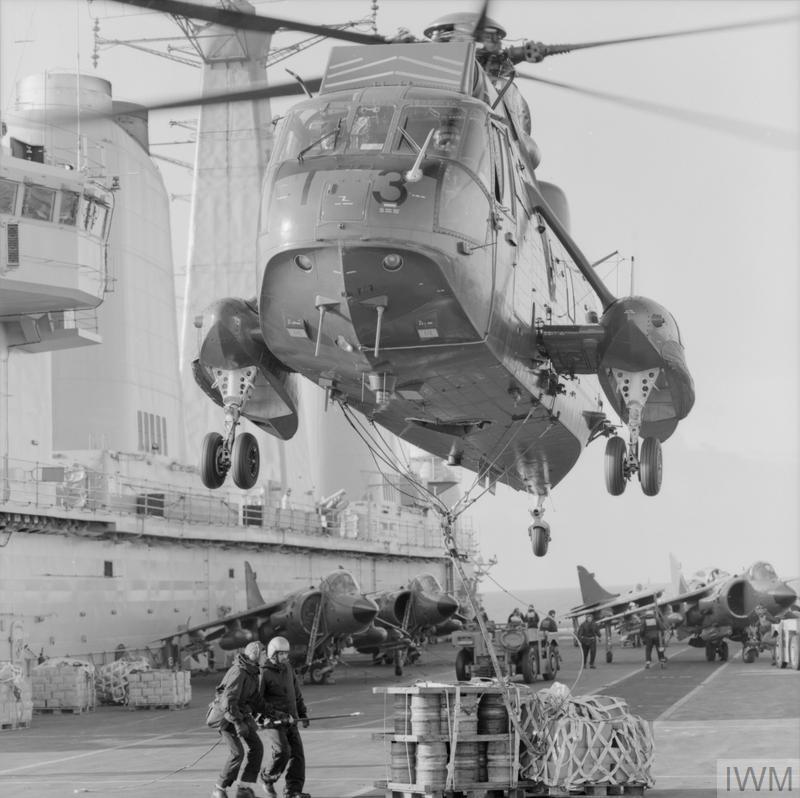
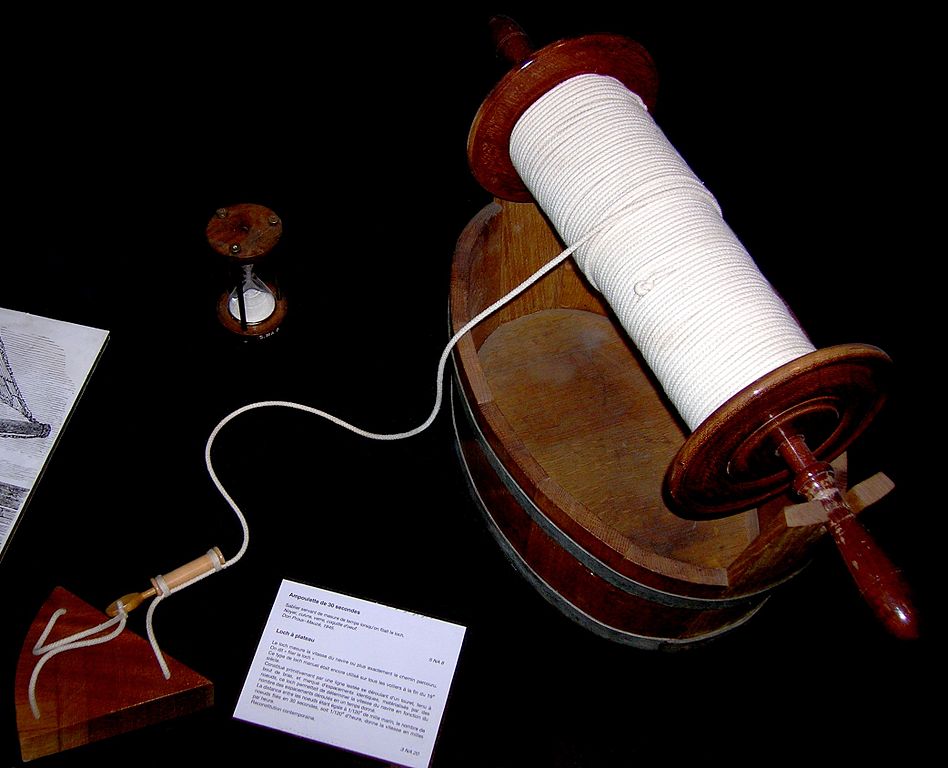

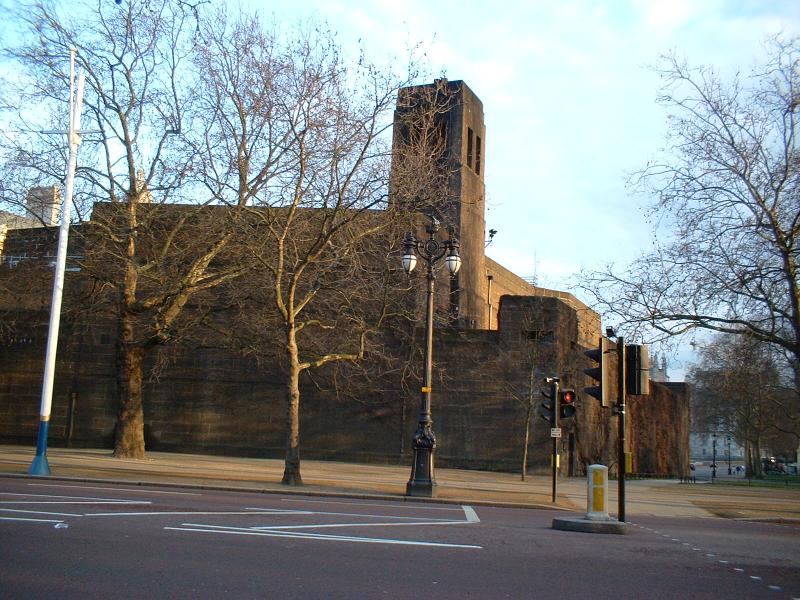
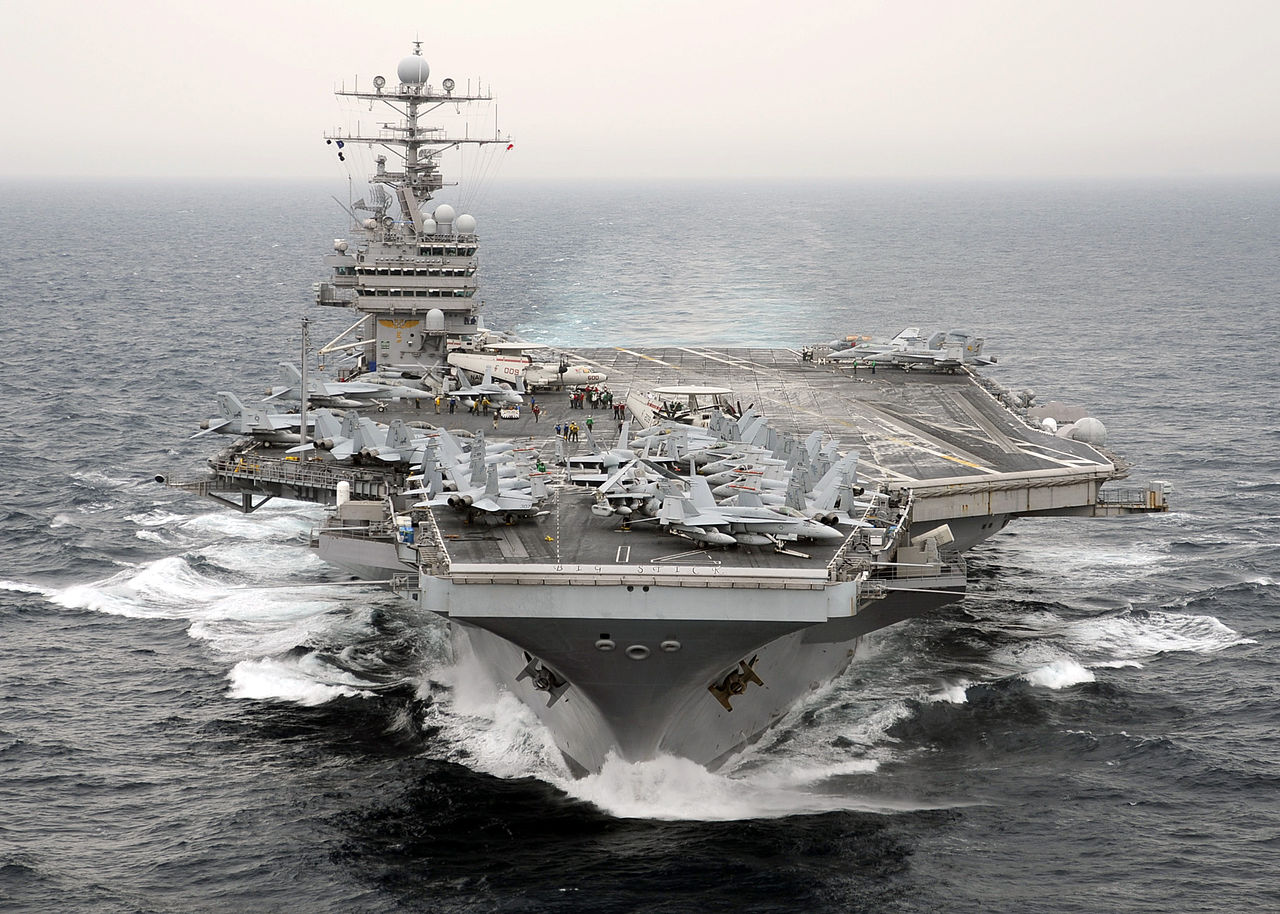
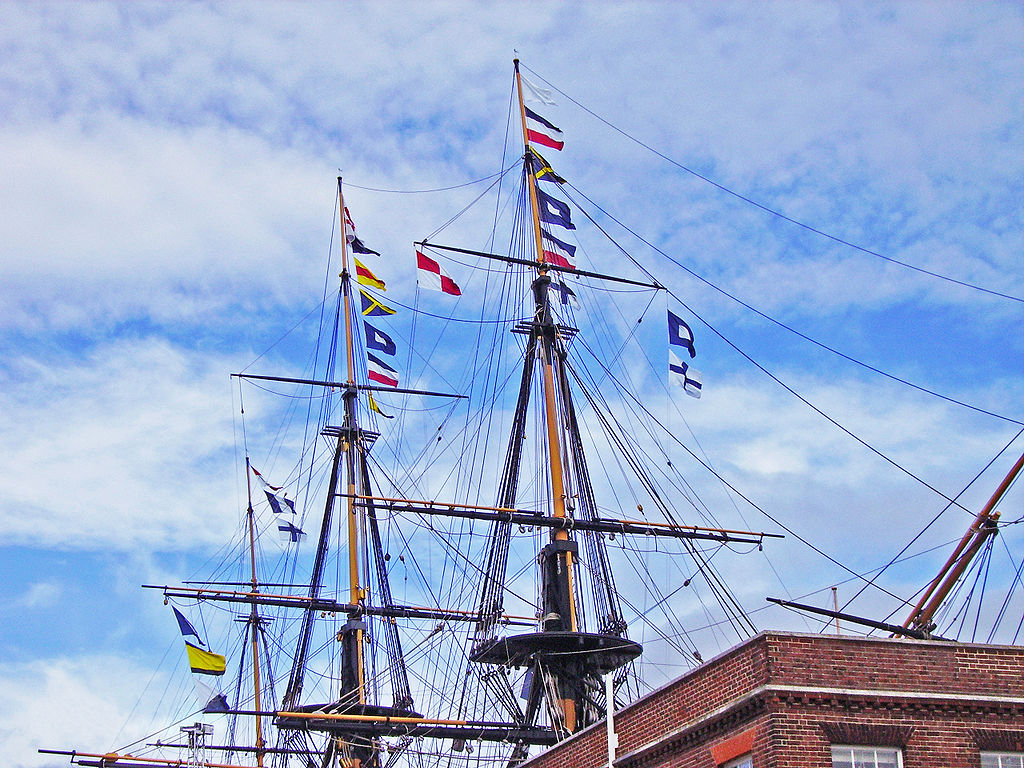
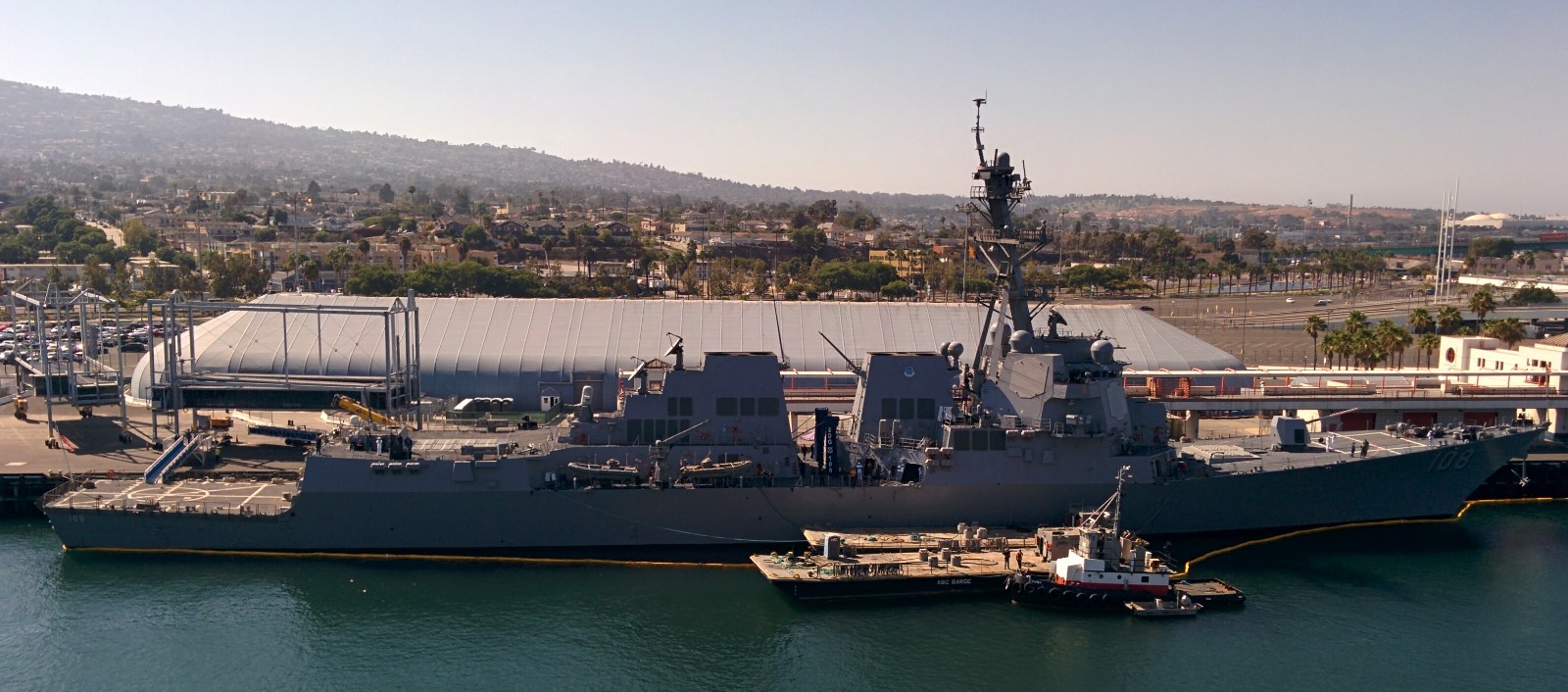
Recent Comments